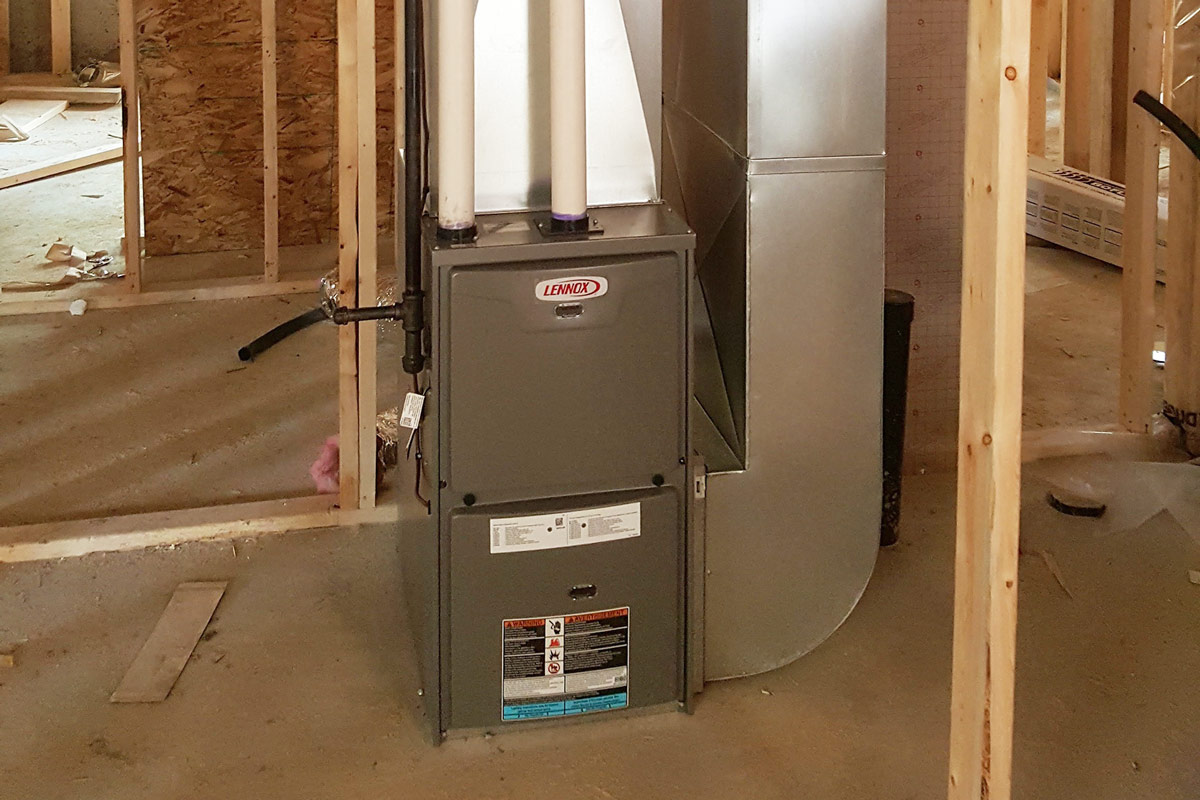

Articles
How Much Does A New Furnace And AC Cost
Modified: May 6, 2024
Looking to upgrade your home's HVAC system? Find out the average cost of a new furnace and AC in our informative articles. Take the first step towards a more comfortable home today!
(Many of the links in this article redirect to a specific reviewed product. Your purchase of these products through affiliate links helps to generate commission for Storables.com, at no extra cost. Learn more)
Introduction
When it comes to keeping your home comfortable and energy-efficient, having a reliable furnace and air conditioning (AC) system is essential. However, as with any major home improvement project, installing a new furnace and AC can come with a significant cost. Understanding the factors that affect the cost and knowing what to expect can help you budget accordingly.
In this article, we will explore the average cost of a new furnace and AC system, along with the factors that can influence the overall cost. Additionally, we will provide some cost-saving tips to help you make the most of your investment.
Before diving into the cost details, it’s important to note that the prices mentioned in this article are general estimates and can vary depending on various factors such as the size of your home, the region you live in, the brand and model of the equipment, and any additional installation requirements.
Now, let’s dive into the factors that can affect the cost of a new furnace and AC system.
Key Takeaways:
- Investing in high-efficiency furnaces and AC systems may have a higher upfront cost, but can lead to long-term energy savings, making them a valuable investment for your home’s comfort and efficiency.
- Prioritize proper sizing, regular maintenance, and exploring financing options to make your new furnace and AC system more affordable and energy-efficient, ensuring long-term comfort and savings.
Read more: How Much Does A New Furnace Cost?
Factors Affecting the Cost of a New Furnace and AC
Several factors can influence the cost of installing a new furnace and AC system. Understanding these factors will give you a clearer picture of what to expect in terms of expenses. Here are some of the key factors to consider:
- Size of the Home: The size of your home plays a significant role in determining the size and capacity of the furnace and AC system you will need. Larger homes require larger units, which can increase the cost of both the equipment and installation.
- Energy Efficiency Rating: Energy-efficient furnaces and AC systems may come with a higher price tag initially, but they can save you money in the long run. Look for appliances with a high Seasonal Energy Efficiency Ratio (SEER) for AC systems and an Annual Fuel Utilization Efficiency (AFUE) rating for furnaces.
- Equipment Brand and Quality: Higher-end brands and models typically come with a higher price tag. While they may offer better performance and durability, it’s essential to weigh the benefits against your budget and specific requirements.
- System Features: Certain features, such as variable-speed motors and smart thermostats, can increase the cost but provide enhanced comfort and energy savings.
- Ductwork Modifications: If your home requires ductwork modifications or replacements, this can add to the overall cost. Poorly designed or damaged ductwork can lead to energy loss and reduced system efficiency.
- Permits and Local Codes: Depending on your location, you may need to obtain permits for the installation of a new furnace and AC system. Additionally, local building codes may require specific equipment or installation practices that can affect the cost.
- Accessibility: The accessibility of your HVAC system can impact the cost of installation. If your existing system is located in a hard-to-reach area or if additional work is needed to create proper access, it may increase the overall cost.
- Additional Components: Certain components, such as air purifiers, humidifiers, or zoning systems, can be added to your new system to improve indoor air quality and comfort. These optional additions will incur additional costs.
Keep in mind that each home is unique, and the cost of a new furnace and AC system will vary based on these factors. It’s recommended to consult with an HVAC professional who can assess your specific needs and provide a more accurate estimate.
Average Cost of a New Furnace
The cost of a new furnace can vary depending on several factors, including the type of furnace and its energy efficiency rating. On average, you can expect to pay anywhere from $2,500 to $7,500 for a new furnace installation.
Here is a breakdown of the average cost based on different types of furnaces:
- Single-Stage Gas Furnace: This is the most basic type of gas furnace and tends to be the most affordable option. It operates at a fixed speed, meaning it runs at full capacity all the time. The average cost for a single-stage gas furnace installation ranges from $2,500 to $4,500.
- Two-Stage Gas Furnace: Two-stage gas furnaces offer more flexibility and energy efficiency compared to single-stage models. They have two settings: high and low. The low setting runs at a lower capacity, providing more consistent heating and energy savings. The average cost for a two-stage gas furnace installation ranges from $3,500 to $6,000.
- Modulating Gas Furnace: Modulating gas furnaces offer the highest level of comfort and energy efficiency. These furnaces continuously adjust their output based on the heating demand of your home, providing precise and consistent temperatures. However, they tend to have a higher price tag. The average cost for a modulating gas furnace installation ranges from $5,000 to $7,500.
- Electric Furnace: Electric furnaces are often used in areas where natural gas is not available. They tend to have a lower upfront cost compared to gas furnaces. The average cost of an electric furnace installation ranges from $1,500 to $3,500.
It’s important to keep in mind that the cost mentioned above is for the furnace alone and does not include additional installation expenses, such as ductwork modifications or permits. Consulting with a professional HVAC contractor will help you determine the exact cost based on your specific needs and circumstances.
Average Cost of a New Air Conditioning System
The cost of a new air conditioning (AC) system can vary depending on factors such as the type of system and its cooling capacity. On average, you can expect to pay between $2,500 and $7,500 for a new AC installation.
Here is a breakdown of the average cost based on different types of AC systems:
- Central Air Conditioning: Central air conditioning systems are the most common and provide cooling for the entire home. The cost of a central AC installation typically ranges from $2,500 to $7,500. This cost includes the outdoor condenser unit, indoor evaporator coil, and the necessary ductwork.
- Ductless Mini-Split System: Ductless mini-split systems are ideal for homes without existing ductwork or for those looking for zoned cooling. The average cost for a ductless AC installation ranges from $3,000 to $10,000. This cost includes the outdoor condenser unit and the indoor air-handling units for each zone.
- Heat Pump: Heat pumps provide both cooling and heating capabilities, making them a popular choice for year-round comfort. The cost of a heat pump installation is similar to that of a central AC system and ranges from $2,500 to $7,500.
- Window or Portable AC Units: Window or portable AC units are the most affordable option for cooling a single room or a small space. The cost of these units can range from $200 to $800, depending on the cooling capacity.
It’s important to note that the cost mentioned above is for the AC system itself and does not include additional installation expenses, such as electrical work, permits, or any necessary modifications to the existing ductwork or infrastructure. Consulting with a professional HVAC contractor will provide a more accurate estimate based on your specific needs and requirements.
The cost of a new furnace and AC can vary depending on factors such as the size of the home, the efficiency of the units, and any additional features. On average, you can expect to pay between $5,000 and $10,000 for a new furnace and between $3,000 and $7,000 for a new AC unit. It’s important to get multiple quotes from reputable HVAC companies to ensure you’re getting the best price.
Total Cost of Installing a New Furnace and AC
Installing a new furnace and air conditioning (AC) system involves more than just the cost of the individual units. Several additional factors can contribute to the total cost of installation. On average, you can expect to pay between $4,500 and $15,000 for the installation of a new furnace and AC system.
Here are some factors that can influence the total cost of installation:
- Equipment Cost: The cost of the furnace and AC units themselves will be a significant portion of the total cost. As mentioned earlier, the average cost can range from $2,500 to $7,500 for a new furnace and $2,500 to $7,500 for a new AC system, depending on the type and features.
- Additional Installation Expenses: Depending on your specific requirements, there may be additional installation expenses. This can include ductwork modifications or replacements, electrical work, permits, and any necessary upgrades to your home’s infrastructure. These additional expenses can range from $1,000 to $5,000 or more.
- Location: The region you live in can also impact the total cost of installation. In areas with higher labor and material costs, the installation expenses may be higher compared to other regions.
- Contractor Fees: Hiring a professional HVAC contractor to install your new furnace and AC system will incur additional costs. The contractor’s fees will depend on their level of expertise, reputation, and the complexity of the installation. It’s essential to choose a reputable contractor who can ensure a proper and efficient installation.
- Financing Options: Some homeowners may choose to finance the installation cost of a new furnace and AC system. Keep in mind that financing options may come with interest rates and additional fees, so it’s important to consider these costs when calculating the overall expense.
It’s crucial to obtain multiple quotes from reputable HVAC contractors to get a better understanding of the total cost of installation in your specific situation. By comparing quotes and considering all the factors mentioned above, you can make an informed decision and budget accordingly.
Read more: How Much Does A New AC Cost
Additional Costs to Consider
When budgeting for a new furnace and air conditioning (AC) system installation, it’s important to consider any additional costs that may arise during the process. These costs can vary depending on your specific circumstances and requirements. Here are some additional expenses to keep in mind:
- Ductwork Modifications or Replacements: If your home’s existing ductwork needs modifications or replacements to accommodate the new system, this can add to the overall cost. This may involve repairing leaks, adding or resizing ducts, or replacing old ductwork. The cost of ductwork modifications or replacements can range from $1,000 to $5,000 or more.
- Permits and Inspections: Depending on your location, you may need to obtain permits for the installation of a new furnace and AC system. Permit fees can vary, so it’s important to check with your local building department. Additionally, some areas may require inspections to ensure that the installation is up to code, which may incur additional fees.
- Maintenance and Service Contracts: It’s recommended to have regular maintenance performed on your new furnace and AC system to keep them running efficiently and help prolong their lifespan. Consider budgeting for maintenance and service contracts, which can range from $100 to $500 per year or more, depending on the level of service included.
- Extended Warranty: Some manufacturers offer extended warranty options for their furnace and AC systems. Purchasing an extended warranty can provide additional coverage beyond the standard warranty period and can range from $200 to $1,000 or more, depending on the coverage and duration.
- Indoor Air Quality Enhancements: While not essential, you may want to consider adding additional indoor air quality enhancements, such as air purifiers or humidifiers, to improve the comfort and air quality in your home. These enhancements can range from $200 to $1,000 or more, depending on the type and features.
- Smart Thermostats: Upgrading to a smart thermostat can provide more control and energy savings. Smart thermostats range in price from $100 to $300 or more, depending on the brand and features.
It’s important to discuss these additional costs with your HVAC contractor, as they can provide guidance and help you determine the most suitable options for your needs and budget. By considering these additional expenses, you can ensure that you have a clear understanding of the total cost involved in installing a new furnace and AC system.
Cost-Saving Tips for Installing a New Furnace and AC
While the cost of installing a new furnace and air conditioning (AC) system can be significant, there are several cost-saving tips that can help you make the most of your investment. By implementing these strategies, you can potentially reduce upfront costs and save on long-term energy expenses. Here are some cost-saving tips to consider:
- Energy Efficiency: Choose high-efficiency furnaces and AC systems with a high Seasonal Energy Efficiency Ratio (SEER) for AC units and an Annual Fuel Utilization Efficiency (AFUE) rating for furnaces. Although they may have a higher upfront cost, they can save you money on energy bills in the long run.
- Proper Sizing: Ensure that your new furnace and AC system are properly sized for your home. An oversized or undersized unit can lead to inefficiencies and increased energy consumption. Consult with an HVAC professional to determine the appropriate size for your specific needs.
- Programmable Thermostat: Install a programmable thermostat or upgrade to a smart thermostat. These devices allow you to set customized temperature schedules and can lead to energy savings by optimizing your HVAC system’s operation.
- Regular Maintenance: Stay on top of regular maintenance for your furnace and AC system. Regularly cleaning or replacing filters, checking for leaks or blockages, and scheduling professional tune-ups can improve efficiency and extend the lifespan of the equipment.
- Sealing and Insulation: Ensure that your home is properly sealed and insulated to minimize air leaks and improve energy efficiency. Seal gaps around windows and doors, insulate ductwork, and consider adding insulation in the attic or walls to prevent energy loss.
- Consider Financing Options: If the upfront cost of a new furnace and AC system installation is a concern, explore financing options. Many HVAC companies offer financing plans that allow you to spread out the cost over time. Compare interest rates and terms to find the best option for your budget.
- Energy Rebates and Incentives: Research available energy rebates and incentives offered by your local utility company, government programs, or manufacturers. These programs can provide financial incentives or tax credits for choosing energy-efficient HVAC systems, helping offset some of the installation costs.
- Obtain Multiple Quotes: Don’t settle for the first quote you receive. Reach out to multiple HVAC contractors to compare prices and services. Be sure to evaluate reputation, experience, and customer reviews when selecting a contractor.
By implementing these cost-saving tips, you can make your new furnace and AC system more affordable and efficient. Remember that investing in high-quality equipment and professional installation can lead to long-term savings in energy costs and enhanced comfort in your home.
Conclusion
Installing a new furnace and air conditioning (AC) system is a significant investment in your home’s comfort and energy efficiency. By understanding the factors that influence the cost and considering various cost-saving tips, you can make informed decisions and maximize the value of your investment.
When estimating the cost, it’s important to account for the type of furnace and AC system you need, as well as any additional installation expenses such as ductwork modifications, permits, and contractor fees. Obtaining multiple quotes from reputable HVAC contractors will give you a better understanding of the total cost involved.
To save on costs, prioritize energy efficiency by choosing high-efficiency units with proper sizing and consider installing programmable or smart thermostats. Regular maintenance and proper sealing and insulation of your home can also help in reducing energy consumption and costs over time.
Exploring financing options, taking advantage of energy rebates and incentives, and obtaining multiple quotes can help you make your new furnace and AC system more affordable. Don’t forget to consider additional costs such as ductwork modifications, permits, and maintenance contracts when budgeting for the installation.
Installing a new furnace and AC system requires careful planning and consideration. By following the cost-saving tips outlined in this article and working with a reputable HVAC contractor, you can ensure that you make the best decisions for your home, budget, and long-term energy savings.
Remember, a new furnace and AC system not only provide comfort but also contribute to a more sustainable and energy-efficient home environment, giving you peace of mind for years to come.
Curious about further enhancing your home's comfort and efficiency? After upgrading your HVAC system, consider the heart of your air conditioning: the compressor. Our detailed guide on the best AC compressor replacements for 2024 covers everything you need to know to make a smart, cost-effective choice. Keeping cool has never been easier or more affordable!
Frequently Asked Questions about How Much Does A New Furnace And AC Cost
Was this page helpful?
At Storables.com, we guarantee accurate and reliable information. Our content, validated by Expert Board Contributors, is crafted following stringent Editorial Policies. We're committed to providing you with well-researched, expert-backed insights for all your informational needs.
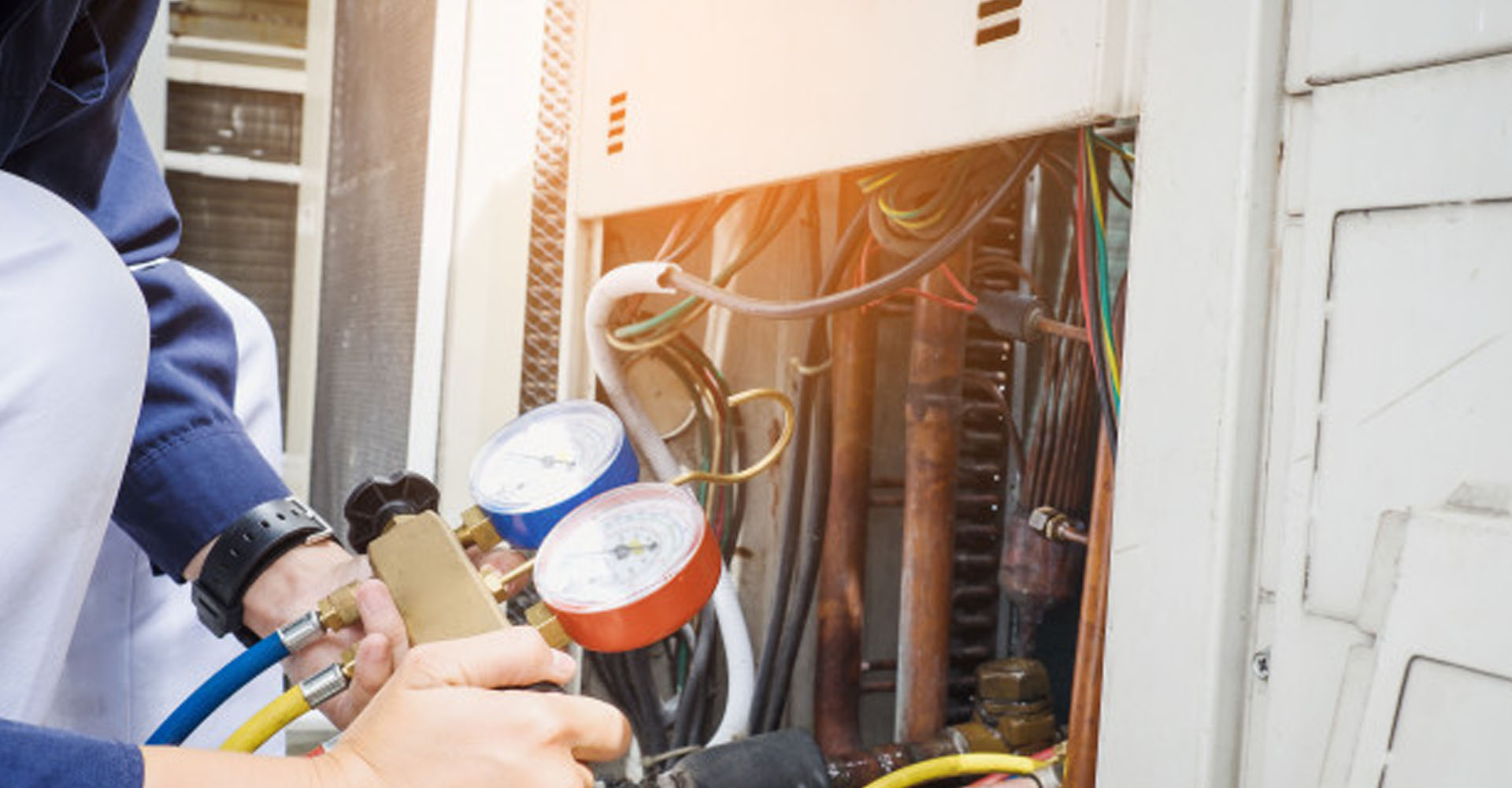
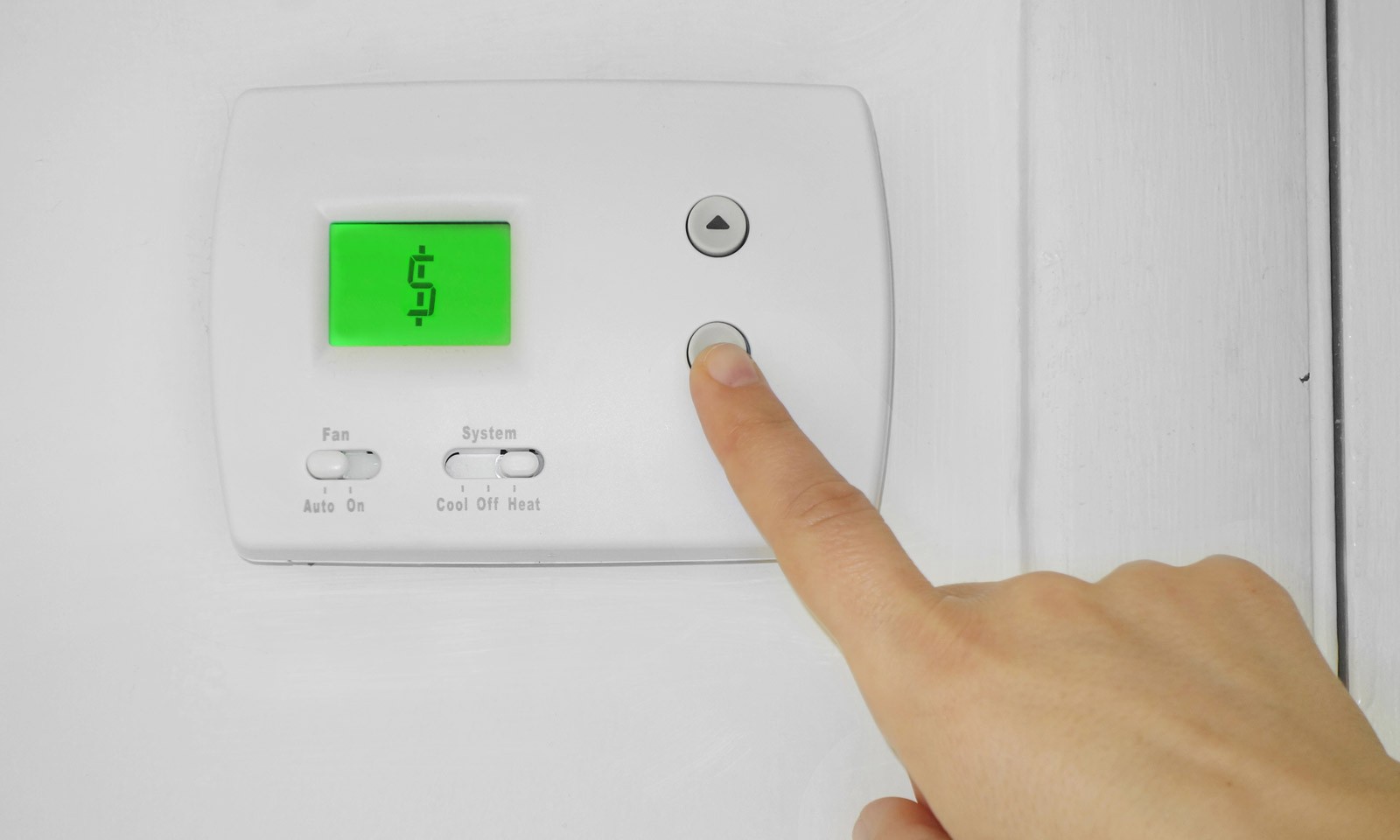

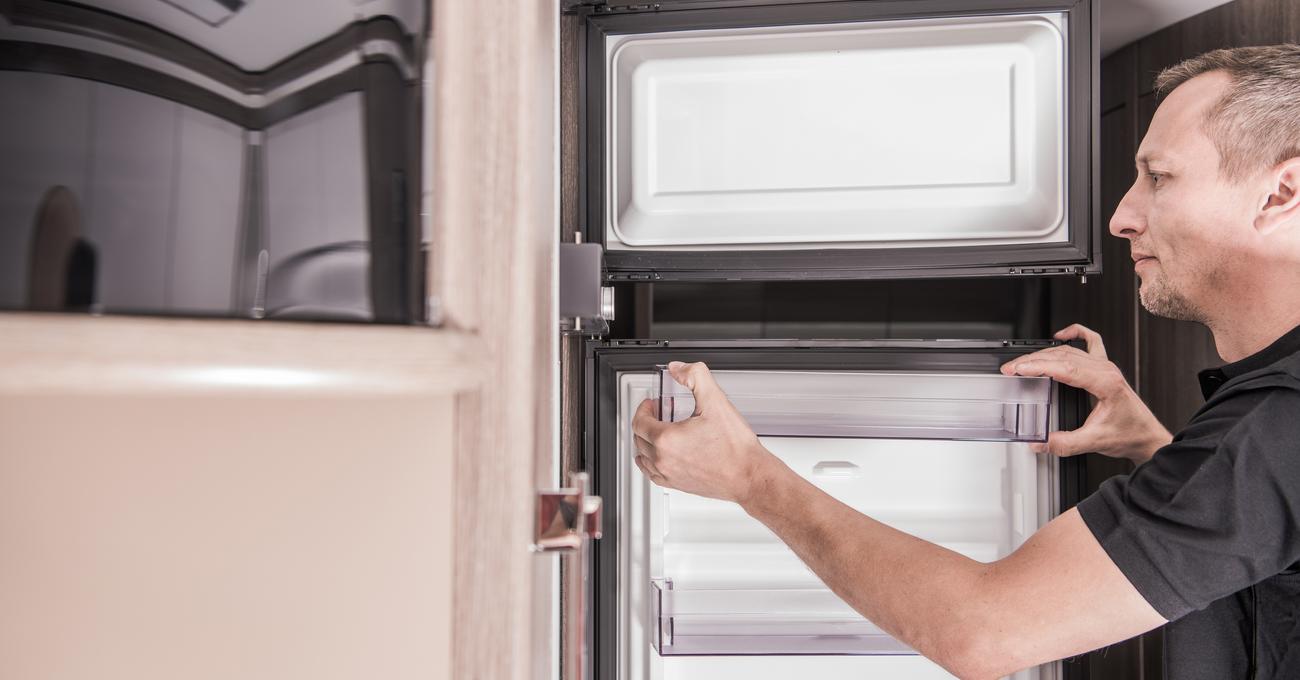
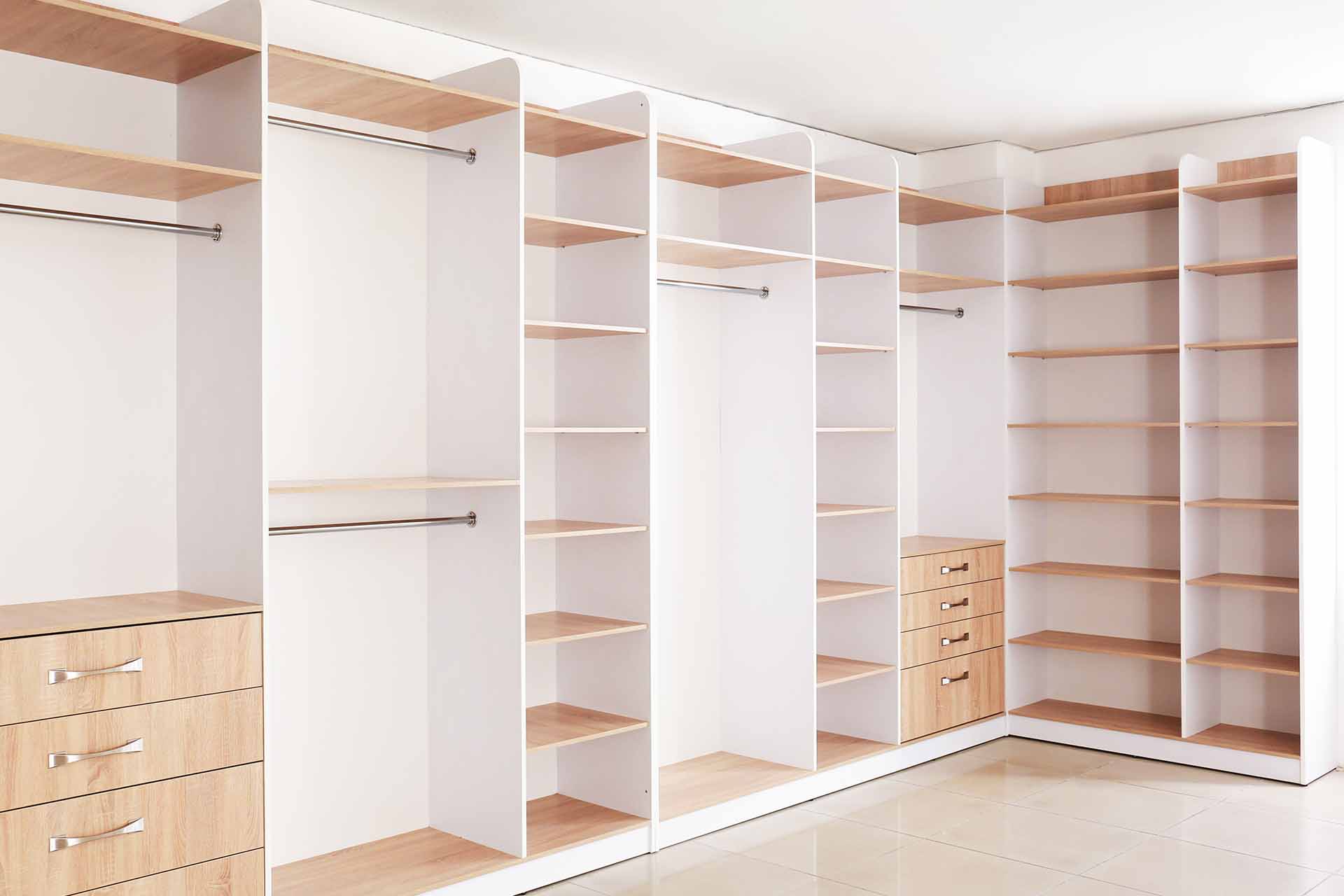
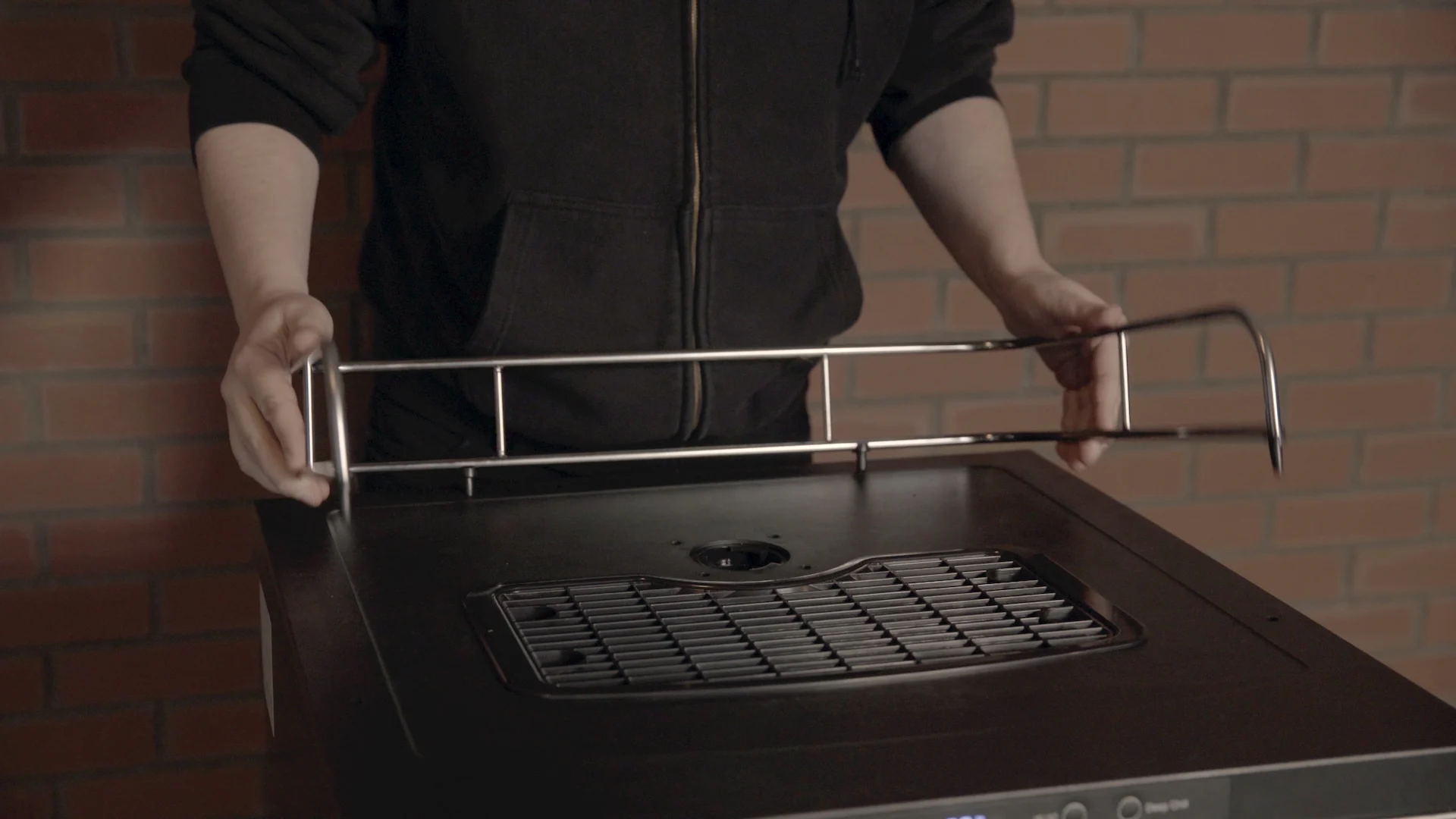
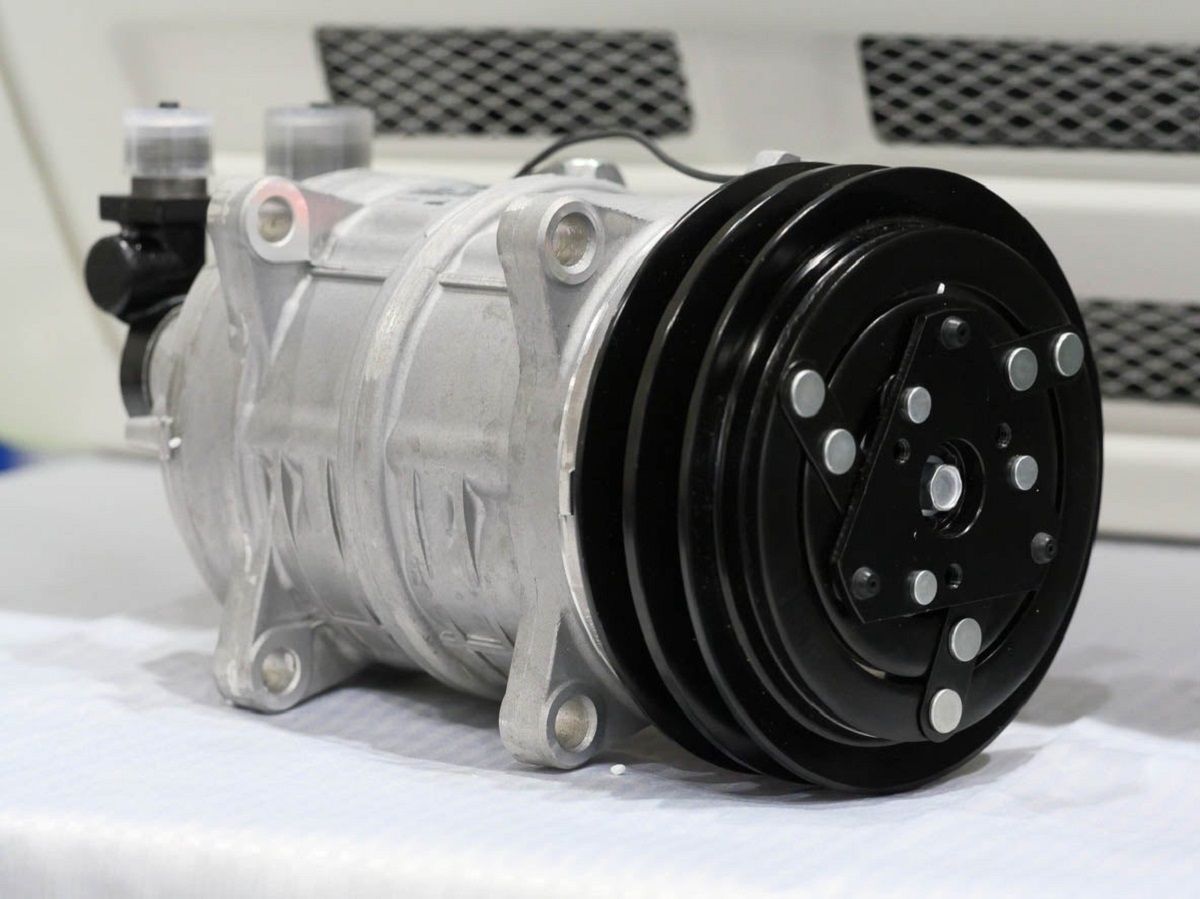
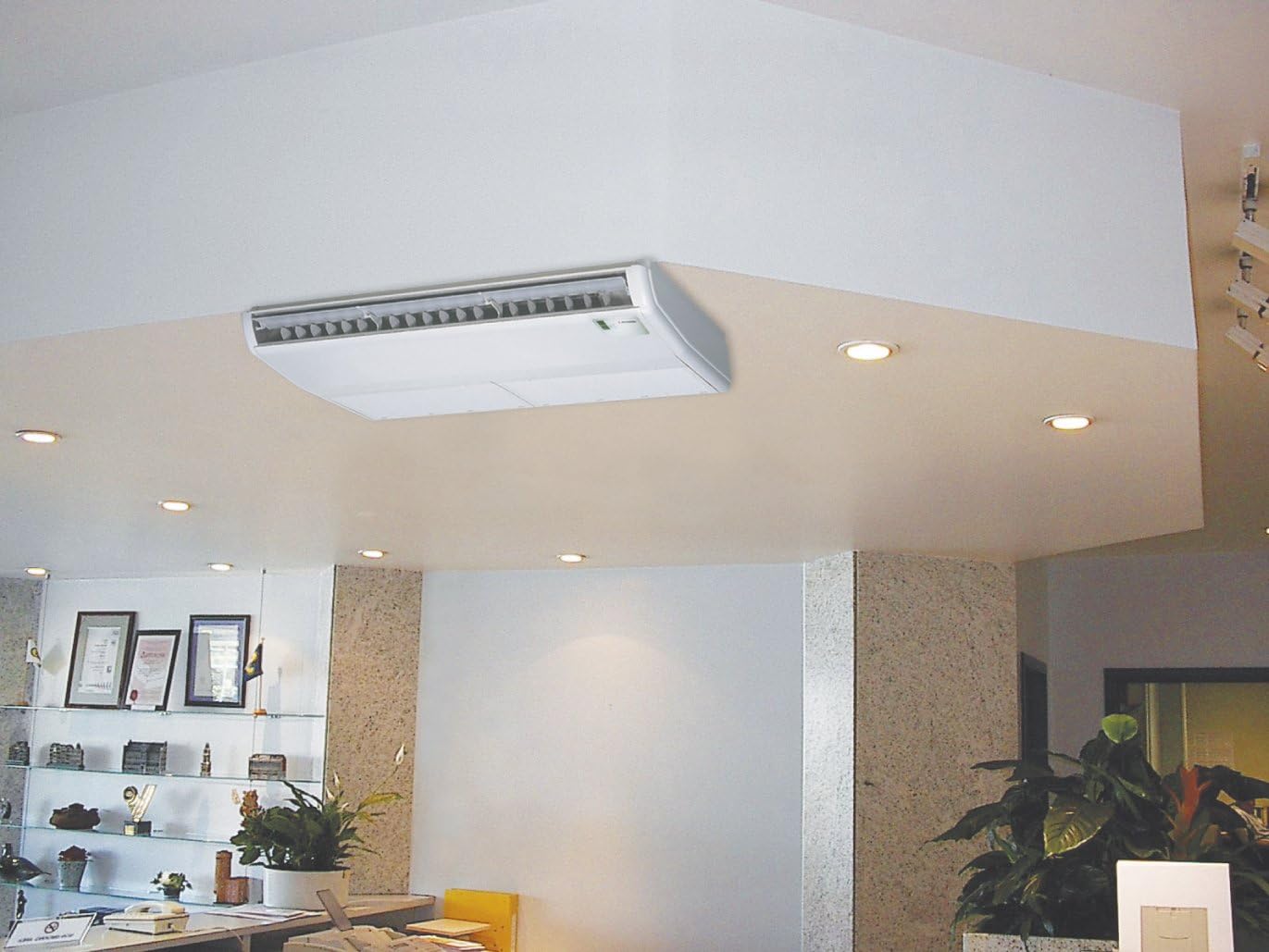
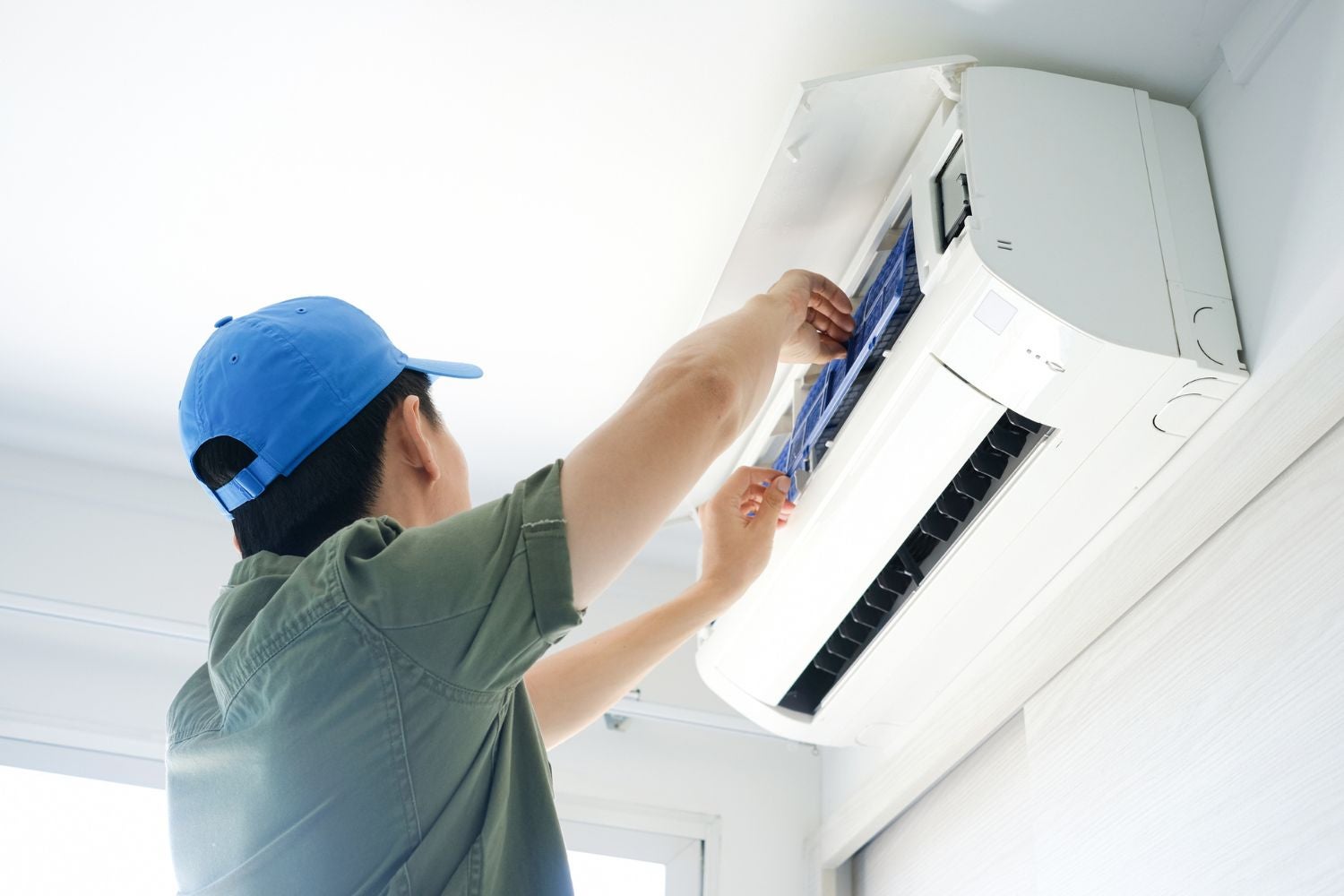
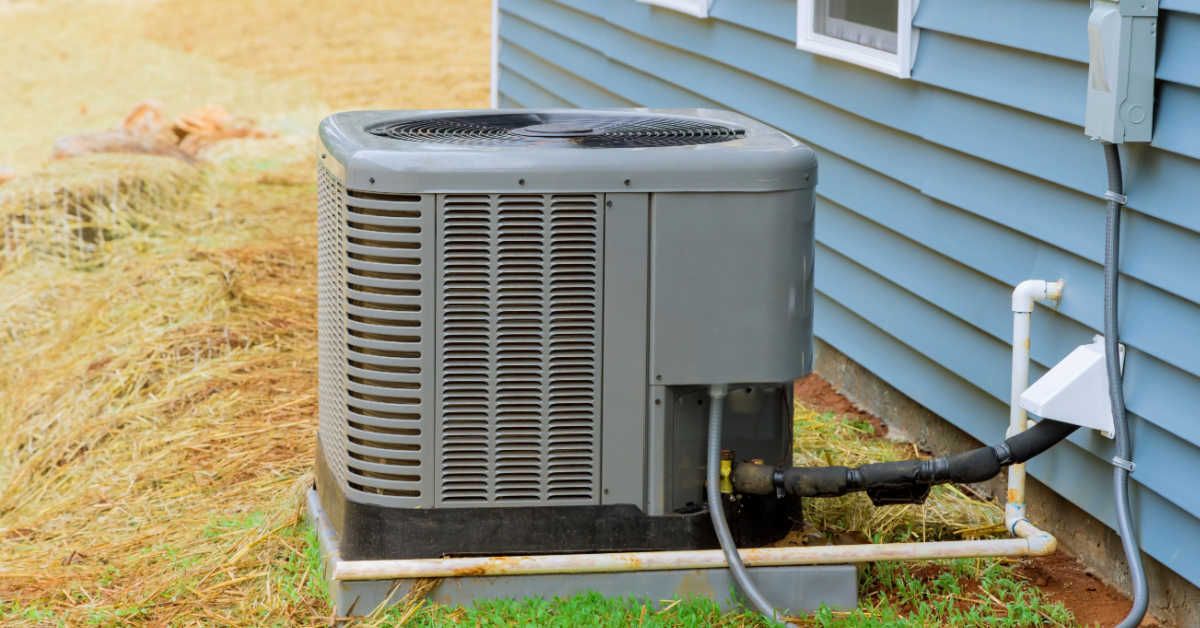
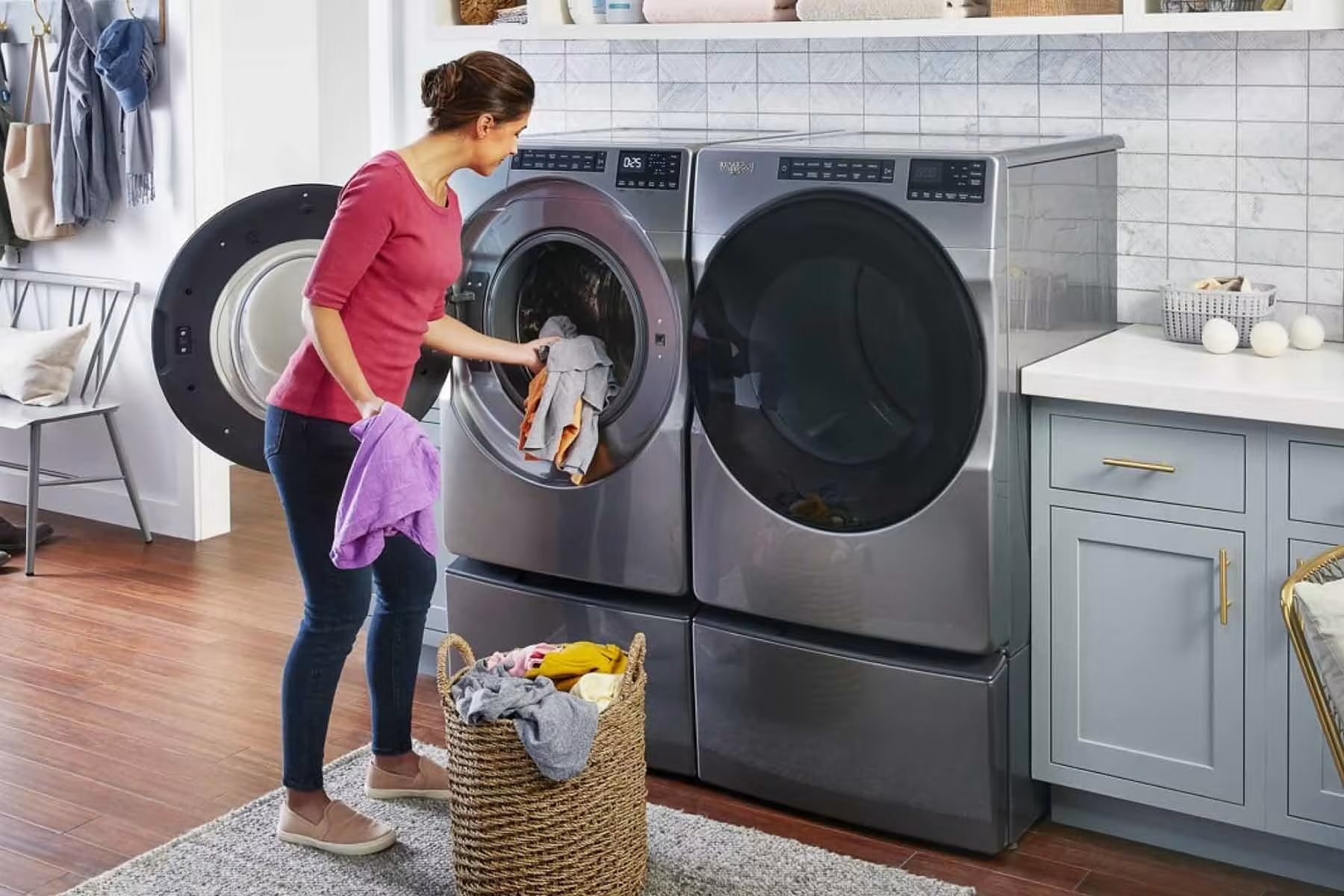
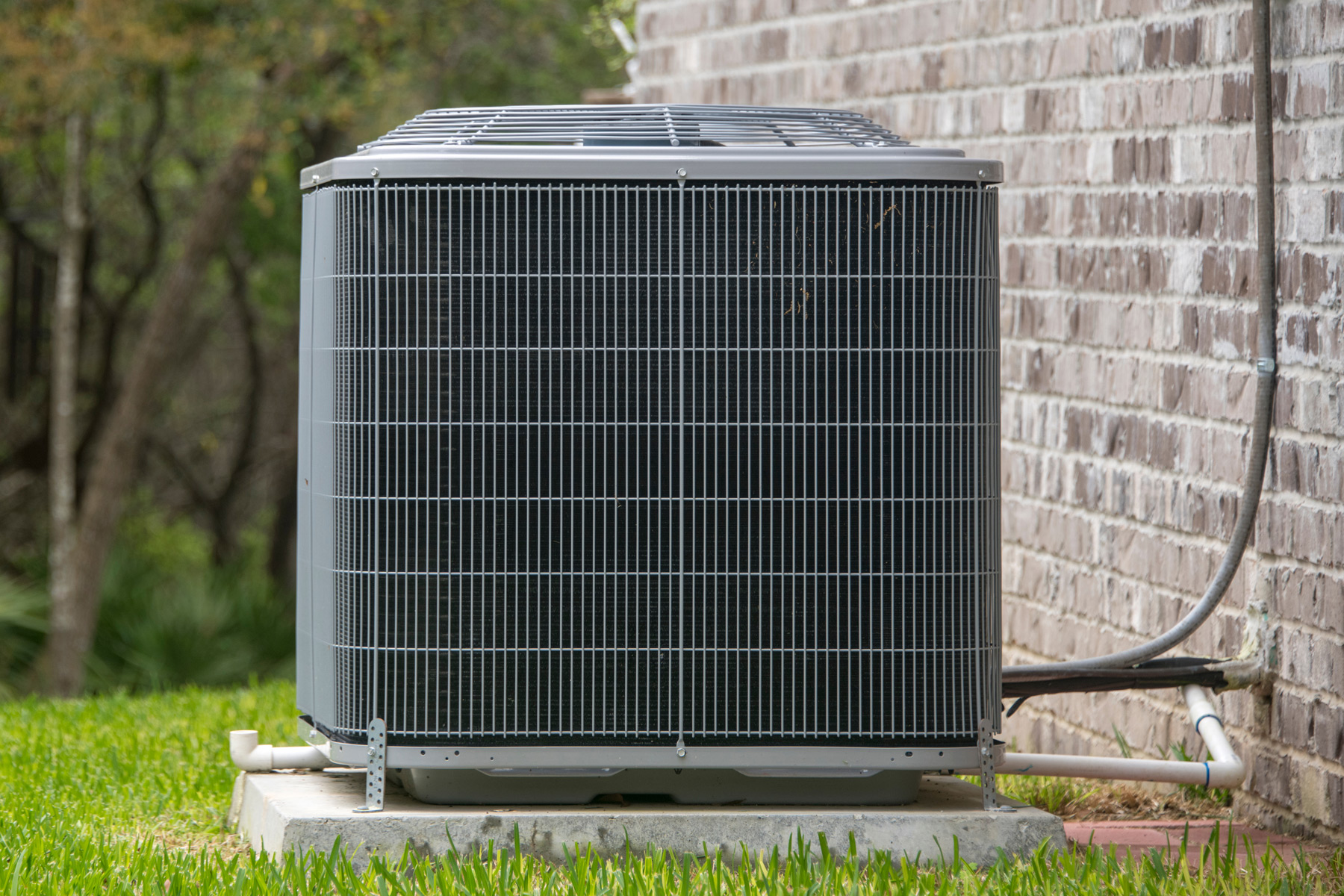
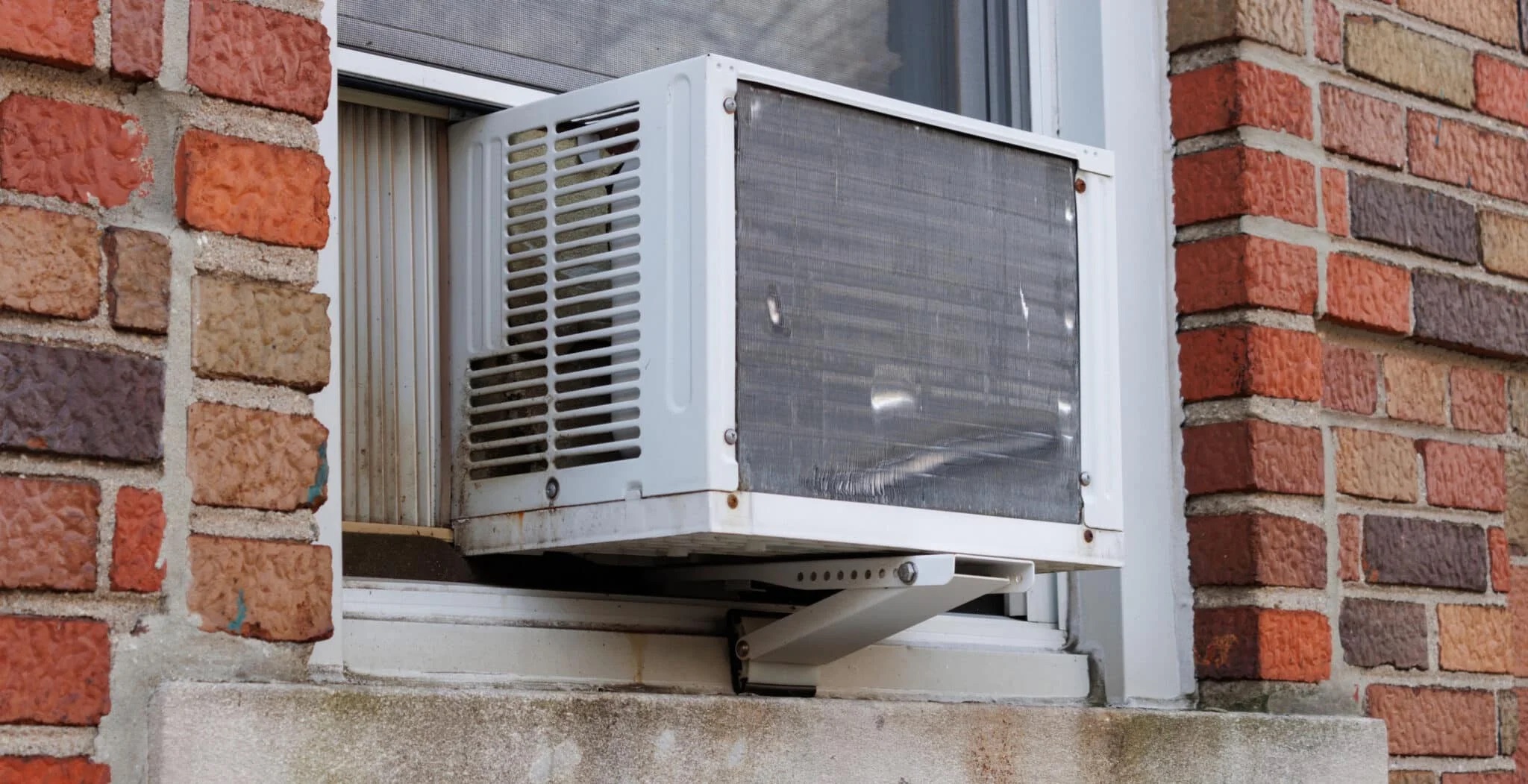
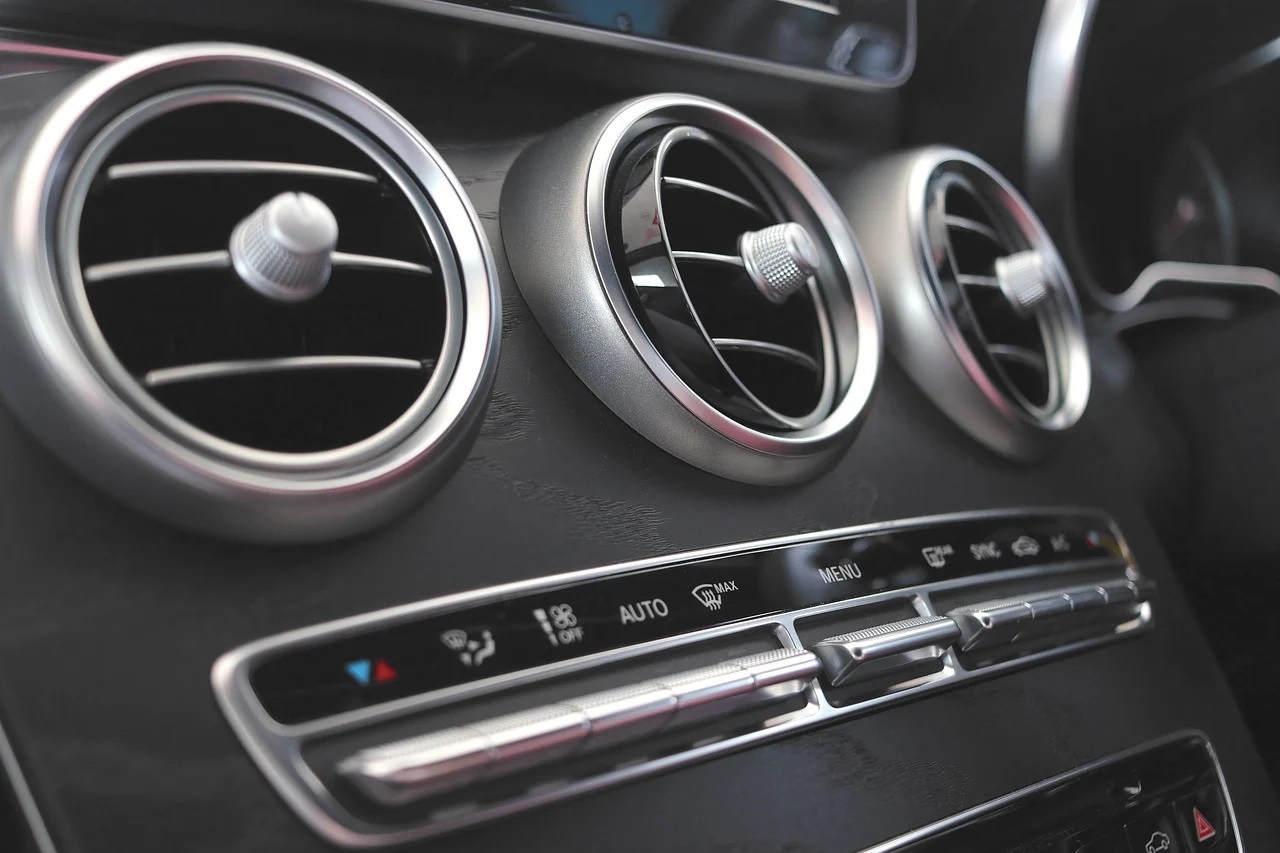

0 thoughts on “How Much Does A New Furnace And AC Cost”